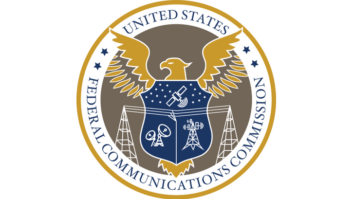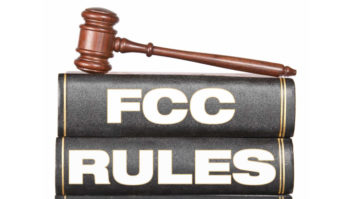The author is general manager of Running Wolf Radio in Alva, Okla.
I just read the Radio World article on the NAB’s request to fast-track the software EAS model. I am very much in favor of this and just for your knowledge, this is what I filed with the FCC:
My business partner and I own a small rural station in Oklahoma. While we may be small, we are both network and software engineers by trade and enjoy radio for its magic.
As any broadcaster will tell you, radio gets in your blood and never really goes away. Over the years and a few stations that we have owned, we have strived to be on the bleeding edge of technology so that we are able to provide more to our listeners — easier and faster.
One of our recurring issues in adopting an all-digital audio environment (in our case, Axia Livewire) has been how to insert EAS in such a way to preserve the pristine all-IP audio path from studio to the processor at the transmitter site. Unfortunately, the existing EAS equipment vendors have not stepped up to the task of facilitating that, so we have had to break the audio out, through our Sage EAS box, then back into a digital realm.
We are currently designing a software package that will run on a Microsoft Windows IoT platform that will allow for complete transparency in the audio chain — passing audio through the system via any audio-over-IP driver, and receiving EAS tuner and satellite inputs via audio-over-IP inputs as well. The software and its associated processes would be tightly monitored and any errors or failures would be sent to appropriate personnel for immediate resolution.
Due to the ridiculous cost of current EAS equipment, we will be making this software available for a low-cost one-time purchase or a simple “software as a service” aimed at smaller stations.
We ask that the FCC allow for software EAS systems. In doing so, I understand the importance of ensuring a level of reliability and usability. Therefore, I recommend that when implementing software-based EAS systems that a dedicated “box” is not required. Allow the use of virtual machine technology.
The software authors should be able to certify their product with the FCC based on submitting to whatever testing the FCC sees fit. This should be available without regard to the base underlying operating system or hardware so long as it is an established enterprise-grade Linux or Windows platform (such as Red Hat Linux or Microsoft Windows Server).
At the end of the day, we all want the same thing: reliable emergency message dissemination. Fast-tracking software EAS would not only spur innovation but also raise the level of audio quality and simplicity of implementation. These things will increase the availability of robust EAS solutions for broadcasters that are in line with the current trends in audio distribution.
[Check Out More Letters at Radio World’s Reader’s Forum Section]







